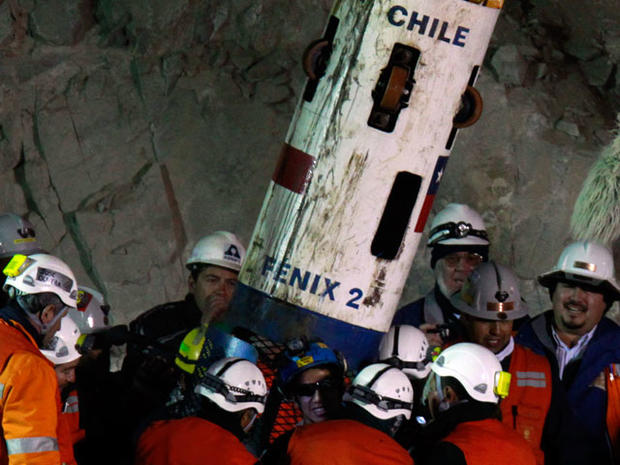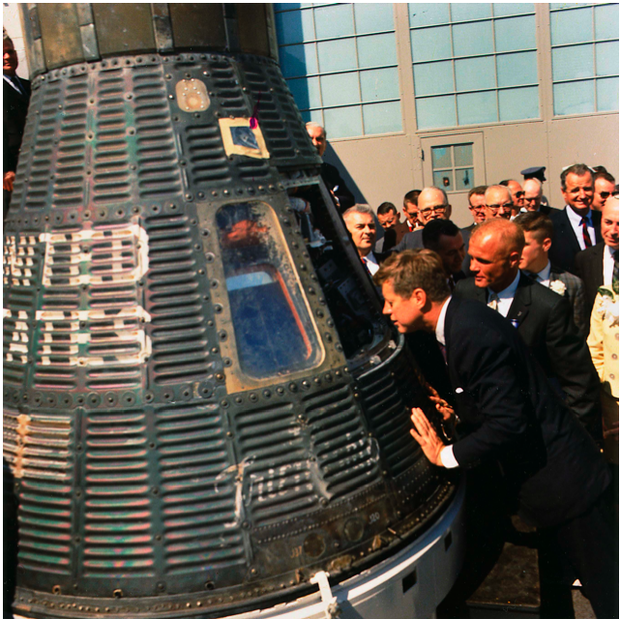What's to Become of the Fenix 2 (Phoenix) Capsule?
The Fenix 2 (Phoenix) capsule that brought the miners to the surface from their underground captivity is one of the heroes of the Chile mine miracle. Like the Phoenix, the mythic bird rising from the ashes for which it is named, the 924-pound capsule descended and rose from the depths 33 dramatic times to free the miners trapped 2000 feet underground for 69 days.
Developed by Chilean navy engineers, with some assistance from NASA engineers, the Fenix 2 performed its task flawlessly.
The device isn't a super-high tech contraption. A crane, winch and a set of pulleys and cables controlled the movement of the 924-pound, 13-foot capsule, which was designed to fit one body within a 28-inch diameter enclosure. The retractable wheels reduced the friction of the ride.
Inside the capsule were oxygen tanks and communications and monitoring equipment to keep an eye on the miners during their 15 to 20 minute journey to the surface.
Like the first space capsules, the Fenix 2 will likely end up in a museum and be further memorialized in movies.
Perhaps Chilean President Sebastian Pinera will place it in the presidential palace in Santiago as a symbol of renewal and hope for Chile.
One enterprising commenter suggested that the San Jose mine become a tourist attraction. For a price visitors could ride up and down the mine shaft in a son of Fenix 2 capsule.
Whatever the fate of the Fenix 2, the rescue of the 33 miners will be remembered as a feat of ingenuity and engineering.


